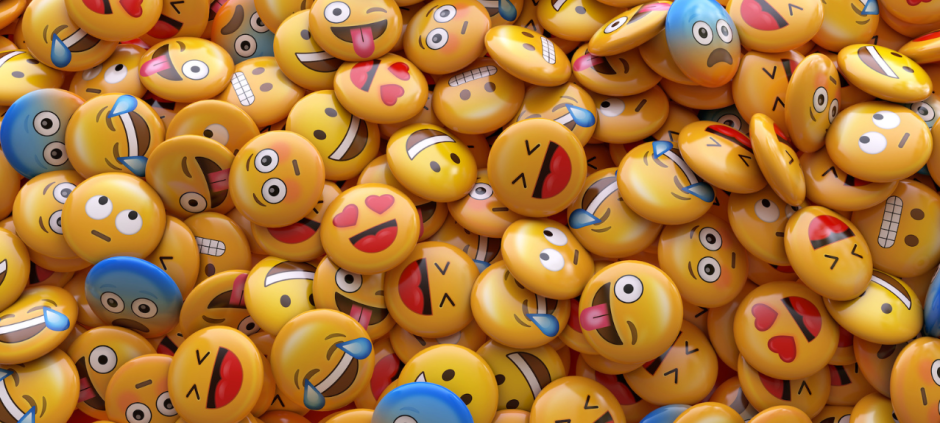A recent study reveals that emojis are not as modern as they seem. According to British cultural historian Dr. Emily Thomas, today’s emojis have roots in secret romantic languages used more than 200 years ago.
In the 19th century, particularly in Victorian Britain and France, lovers faced strict social rules. Public displays of affection were often frowned upon, especially for people in the working and middle classes. To express their feelings, couples relied on hidden messages. These included the use of flowers, fan movements, and even certain types of glances.
For example, a red rose symbolized deep love, while a daisy suggested innocence. One of the most fascinating tools was the “conversation fan,” which used hand signals and letters to spell out messages — a silent language inspired by naval semaphore systems.
Dr. Thomas explains that, much like emojis today, these symbols allowed people to express emotions without speaking. “A flower then is what a heart emoji is now,” she said.
The study draws a direct link between these historical gestures and digital emojis used in modern communication. Emojis help users share love, humor, and emotions quickly and clearly, even across language barriers. They are playful, yet meaningful.
Researchers say emojis continue the human tradition of symbolic expression. Whether sent in a text or posted on social media, emojis often carry feelings words can’t capture.
The study concludes that emojis are more than cute icons — they are part of a long tradition of coded emotional language. In both past and present, symbols remain a powerful way to say “I love you” without saying a word.
WhatsApp has rolled out several new features aimed at improving privacy, usability, and overall communication. To explore all the updates, read WhatsApp Introduces New Features for Enhanced User Experience. These additions promise a smoother and more secure messaging experience.











